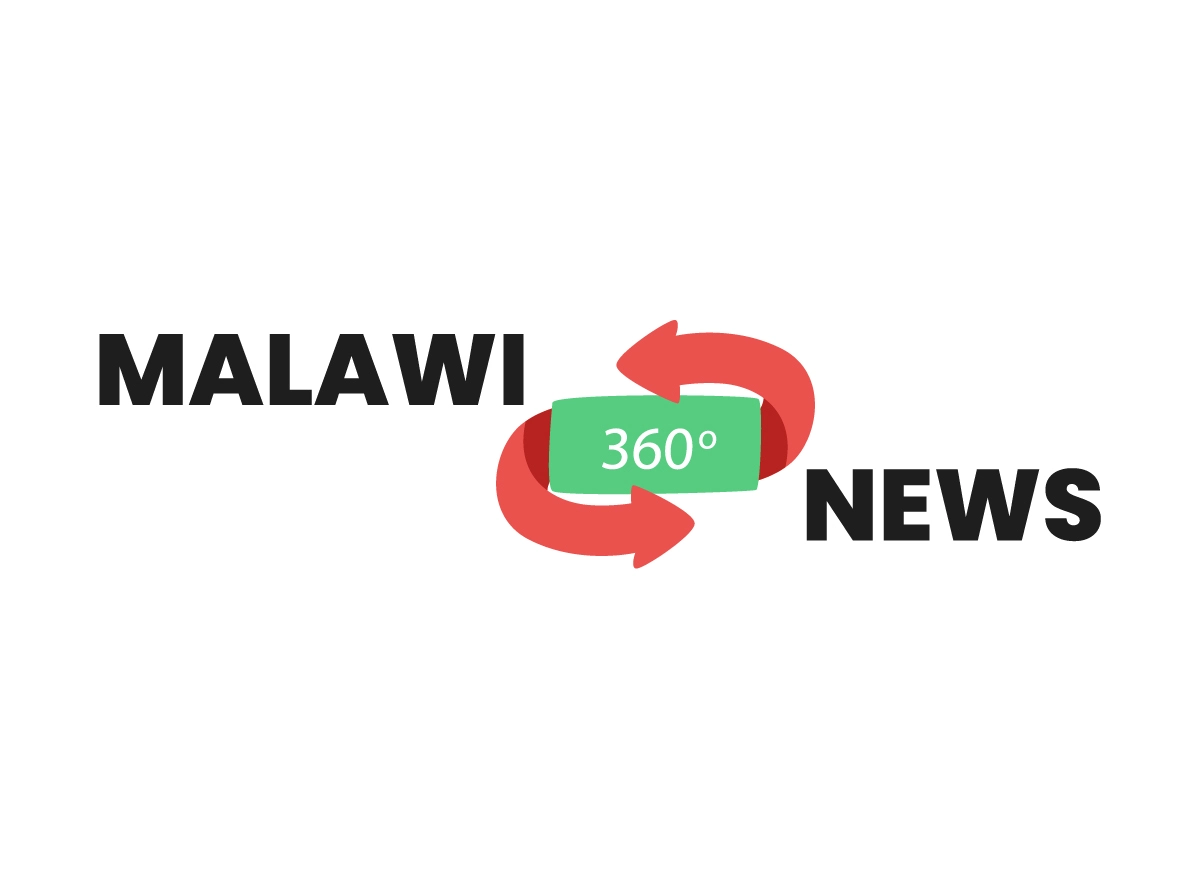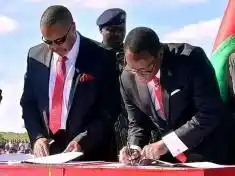
One of the aspirations of the SADC Protocol on Environmental Management for Sustainable Development is to promote resilience of member states in adapting and mitigating to negative effects of climate change. To achieve this goal members states require adequate resources to finance environmental sustainable projects. However shortage of finance continues to hinder implementation of relevant climate programs in the region. Sadly, SADC lacks a business case on climate change as private sector engagement is limited. In this article Georgia Mbaghugho Chirombo is presenting a business model which SADC member states must adopt to boost private sector investments in sustainable environmental projects to fight climate impacts.
It is not a complicated puzzle to figure out dangers of the climate crisis on the social and economic development of nations across the globe, particularly in Africa where 70% of the continents population depend on agriculture for livelihoods.

For instance, Southern Africa, with a population of 69 million people is not spared from climate change impacts which are exacerbated by food and water shortages as well as fragmented health services. Already, an estimated 41 million people from the Southern African Development Community (SADC) are food insecure, with 20 million in need of urgent assistance.
According to a report by Plos Climate titled ‘An urgent call to address climate change-related human health impacts in Southern Africa’, rainfall is estimated to continue declining in the region with Namibia, Botswana, northern Zimbabwe, southern Zambia and Zambezi basin at risk of facing recurrent dry days.
Devastating are also economic losses from persistent cyclones with SADC region experiencing six cyclones between 2021 and 2022 which affected over 2.5 million people in Madagascar, Malawi , Mozambique and Zimbabwe.

Precisely, cyclone Freddy which hit the region in March 2023 displaced 184 thousand people and destroyed more than 390 thousand hectares of land in Mozambique. Likewise, In Madagascar over 299 thousand people were affected and more than 41 thousand houses destroyed.
Catastrophic impacts of the cyclone were recorded in 15 districts across Malawi displacing more than 659 thousand people, killing at least 679 and flooding over 204 thousand hectares of crops , just as farmers were about to harvest, prompting concerns regarding food insecurity.
The picture looks gloomier considering the conflict in the DRC and the ongoing insurgency in Mozambique’s Cabo Delgado province which continue to drive displacement and disrupt livelihoods . In 2022 alone about 1.5 million people were newly displaced in the DRC and 76,000 in Mozambique.
As a result climate related impacts are likely to exacerbate the tensions and dynamics of ongoing conflicts as well as affect peace efforts in the SADC region.

Aside from loss of life and property, climate related impacts are reversing development gains aimed at attaining Sustainable Development Goals. Also at risk are efforts intended to boost regional integration and intra-Africa trade initiatives which are key to economic blocs such as the Southern African Development Community (SADC) , Common Market for Eastern and Southern Africa (COMESA) and the African Union (AU ).
Indeed , the worsening climate crisis is a wake up call for SADC and sister regional economic communities to adopt an innovative approach in managing climate impacts.
Although SADC has made strides in establishing legally binding instruments to reinforce strategies aimed at fighting climate impacts such as the United Nations Convection on Climate Change, Rasmer Convention on Wetlands and the Convention on Biological Diversity, Implementation of climate programs in the region has lacked a business case on sustainable environmental management.
While SADC member states have prioritized the role of non-state actors and development partners in implementing climate related programs, private sector involvement in such projects has been limited.
Without a doubt, the status quo is worrisome at a time a report by Andrew Gilder and Olivia Rumble titled ‘improving sub-Saharan African Access to Climate Change Finance: An Alternative View’ Indicates that shortage of finance remains a major challenge impeding the fight against climate change in the region.
Therefore it is indisputable that increased private sector investments towards mitigation and adaptation efforts is key to addressing climate impacts in the region.

According to Alberto Rema, a specialist in private sector development with the International Economic Development Group, achieving low carbon growth and development will be a major challenge for SADC, one which will require significant public and private sector action and cooperation.
To achieve this, the expert says SADC member states should adopt clear and appropriate policy incentives which will also determine the scale and nature of private sector involvement.
“Improved public and private sector engagement on climate finance is key to boost technological innovation that will support low carbon growth, low carbon production processes and facilitate climate conscious purchasing decisions by consumers in SADC”. Rema said.
Equally, Andrew Gilder, Director of Climate Legal, an environmental and climate change legal advisory consultancy agrees that SADC lacks a business case on climate change. He says to overcome barriers to finance, there is need for stronger synergies between international and national sources of finance, particularly the private sector.

Also, he notes that the limited engagement of the private sector is as a result of lack of awareness on various sources of climate finance hence need to strengthen sensitization campaigns on benefits of private sector investments in fighting the climate crisis.
“SADC should promote capacity building of the African regional institutions to better access climate finance. The interplay between multilateral and national climate finance in the context of the Paris Agreement is increasingly important to overcome the shortage of finance”. Gilder said.
Though SADC has embraced private sector engagement by developing a program to accelerate the take-up of green bonds as a tool to tap into domestic and international capital markets to finance green projects, lack of local demand and supply threatens to hinder progress of the bonds project.
As explains Giorgio Falchi, Research associate with Florence School of Banking and Finance, the demand for green bonds among African investors is stagnant due to low levels of awareness on opportunities to invest in green assets. Also he observes the African green bond market is perceived to be underdeveloped and unappealing.
To maximize benefits from the bonds project, Falchi calls for closer cooperation among SADC member states in implementing the bonds program to increase the size and attractiveness of the market.

“SADC countries that have successfully issued green bonds such as Seychelles must share their experiences with others who are struggling to encourage participation in the bonds market. Greater cooperation could foster market integration, making it more appealing to investors” Falchi said.
It is evident that this business model stands a solution to addressing climate impacts in Southern Africa and much easier to implement when SADC already has massive backing from state and non-state actors as well as relevant structures and capacity to equip member states with tools needed to attract private sector investments.
However, Dr Fadhel Kaboub, senior advisor for Power Shift Africa says such investments would only reap significant gains in managing climate impacts when directed towards promoting food and energy sovereignty as well as high valued added manufacturing in the SADC region.
To attain this goal, he advises member states to implement a pan-african industrial policy aimed at developing African resources and human capacities to promote climate resilience.

“SADC can achieve food sovereignty by shifting away from export oriented cash crop, industrial agriculture that has left Africa hungry towards community based agro – ecological system that provides nutritious food, sustained yields, secure livelihoods and climate resilience. Kaboub said.
Further, Kaboub notes that pooling energy investment networks towards renewables stands to boost uptake of clean energy in the region while avoiding the trap of old, centralized fossil fuel infrastructure that worsens the climate crisis.
Meanwhile, lessons can be learnt from SADC member states such as Zimbabwe which through public and private partnerships has mobilized a total of USD 1.5 million to accelerate access to sustainable and modern energy. Also the country’s central bank is engaging with financial services sector to develop a policy that will guide banks to adopt sustainable green financing principles.
Similarly, in Eswatini stakeholders are proposing for a full review of the regulatory and policy frameworks relevant to bankable private public partnerships to gain understanding on legal or contractual constrains to their implementation.

Therefore, this business model on climate change demands that SADC invests more in capacitating member states with skills and knowledge to come up with efficient bankable project proposals and handle complicated application process for climate finance.
Also at national level, governments in the region need to establish a clear policy framework that would encourage a conducive environment for private sector engagement. This will ensure that development is consistent with a positive return on investments.
This business model also calls for SADC to step up efforts in understanding and assessing climate related security risks by coordinating with stakeholders including the private sector to prevent such threats.
Consequently , encouraging robust public private partnerships would not only help the regional economy adopt climate – friendly business models but would also assist member states to eliminate trade barriers and reduce investments risk by offering grants and technical assistance.
This also stands to strengthen relationships with local governments and communities to ensure the transition to low carbon emissions.
Fortunately, there is already growing interest from the business sector to this agenda, , however it will be down to policy makers in the SADC region to adopt innovative business models on climate change and establish rules of the game that maximize the contribution of the private sector while increasing benefits in the region.
Certainly, combined public and private sector investments stands to promote resilience of vulnerable SADC members states, thereby encouraging food security, peace and trade integration in the region.








0 Comments